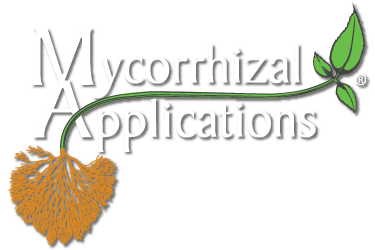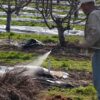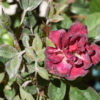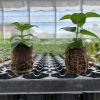One primary benefit of growing with mycorrhizal fungi is increasing transplant survival rates and establishment after transplant. This article will review how mycorrhizae provide these benefits and explain how everyone in the value chain, from growers to retailers and landscapers to home gardeners, sees the benefit.
Thinking About Increased Plant Costs and Limited Time
Time and money are always two limiting factors in a business. A grower might not have enough time or labor to complete all their work, leading to regular conversations about pricing. Should the grower raise prices to cover increased production costs or allow their margin to shrink? What other options are available?
One of the strategies we see used to minimize production costs is to maximize the percentages of plant inputs (plugs, liners, and bareroot plants) you finish and sell. As all of us know, the cost of plant material has risen. Gone are the days of selling mostly seed-grown plants, which you started yourself. Now, most growers need to purchase seed-grown plugs and/or rooted vegetative liners. With that change, the cost of plant material has significantly increased.
Inoculating plants with mycorrhizal fungi early in production helps growers maximize the percentages of plant inputs by increasing transplant survival rates and establishment.
Increasing Transplant Survival Rates and Establishment
Businesses are often created to solve a specific problem facing an industry. That was the case for Mycorrhizal Applications. Forest management companies needed to achieve higher forest seedling transplant survival and faster establishment when they replanted areas in the Cascades and other mountain ranges that had been clear-cut. At the time, our founder, Dr. Mike Amaranthus, was a researcher with the US Forest Service. He created a production protocol using a mycorrhizal inoculate to increase forestry seedling transplant survival and shorten the transplant’s establishment time. He quickly realized that the benefit of this sustainable technology would reach far beyond the forestry industry, and so Mycorrhizal Applications was formed.
Growers in all industries know that if they start with stronger and more uniform plugs and/or liners, their transplant success rate will be higher, and the plants will experience greater long-term transplant survival. Inoculating plants with mycorrhizal fungi is proven to create stronger transplants. In mycorrhizal fungi-treated transplants, the hyphal network quickly expands throughout the soil, ensuring a more stable supply of nutrients and water while reducing the abiotic stress on the plant.
Fighting the Post-Transplant Stall Out
Plants often stall out after the stress of transplant. While they do naturally start to take off eventually, it does take time and can lead to cultural problems. The stalling period is often shorter with mycorrhizal fungi-treated plants. This shortened stall period is one of the factors that typically lead to quicker crop times. The benefit of inoculating plants with mycorrhizal fungi during transplant is both quicker plant establishment and less plant loss. With the increased cost of plant material inputs, even a fractional decrease in plant loss can have a significant impact on operational profitability.
The plant’s increased success at transplant stays with it as it moves from plug/liner to one-gallon, two-gallon, landscape, and beyond. Once transplanted, the treated plants quickly expand the hyphal network into the new substrate and improve their ability to uptake water and nutrients, leading to improved abiotic stress management. These benefits stay with the plant no matter how it is grown after leaving the greenhouse or nursery.
Secondary Benefits Abound for Growers and Retailers
One of the many benefits a finished grower will see with treated plants is a more uniform crop. The increased uniformity is directly linked to the plant having a higher transplant survival rate and a faster establishment. Greater crop uniformity leads to shorter crop time and more “bench run” harvesting. Additionally, mycorrhizal fungi usage can improve fertilizer utilization, reduce pesticide usage, and lower watering costs. The reduction of these costs reduces the costs for each plant, including those that do not sell. A plant with mycorrhizal inoculant advantages can manage stress better and is more likely to be sold by the grower, which ultimately decreases shrinkage and lowers costs.
For growers that sell their plants via “Pay by Scan” or via the traditional garden center sales methods, the plants with higher vigor and better health sell better. In turn, the customers take these vigorous plants home and have a better chance of experiencing success. Garden centers often have a shared geographic footprint from which they attract customers. Happier and more successful customers are what allow garden centers to be more successful against their competition. This makes sense – All of us expand our gardening activities when we enjoy what we are doing and succeed.
Landscapers Also Reap the Benefits
When I talk with landscape installationers, they often mention their nemesis being the need to replant plants they lose after an installation. Replacing plants is expensive. We started this article by talking about the shortage of time we have to get our jobs done. Time spent replanting a landscape is a drain on your available labor, person-hours, and profits. Additionally, finding a plant that will match the landscape can be difficult, if not impossible. Large landscapers that have used MycoApply mycorrhizae report that their plant losses are often less than two percent, a significant reduction compared to the norm in the industry.
Conclusion
Increasing transplant survival rates and establishment are key factors in the production cost/profitability equation. Growers who finish and sell a higher percentage of the plants they start are often the ones with the best profitability. Home gardeners benefit by having plants that are more resilient, which translates to better success in gardening. A happy final customer is what our industry needs for long-term survival and success.
If you have any questions about anything covered in this article or MycoApply Mycorrhizae, please contact your local Mycorrhizal Applications Sales Representative or call 866-476-7800 or email us at inquiries@mycorrhizae.com.
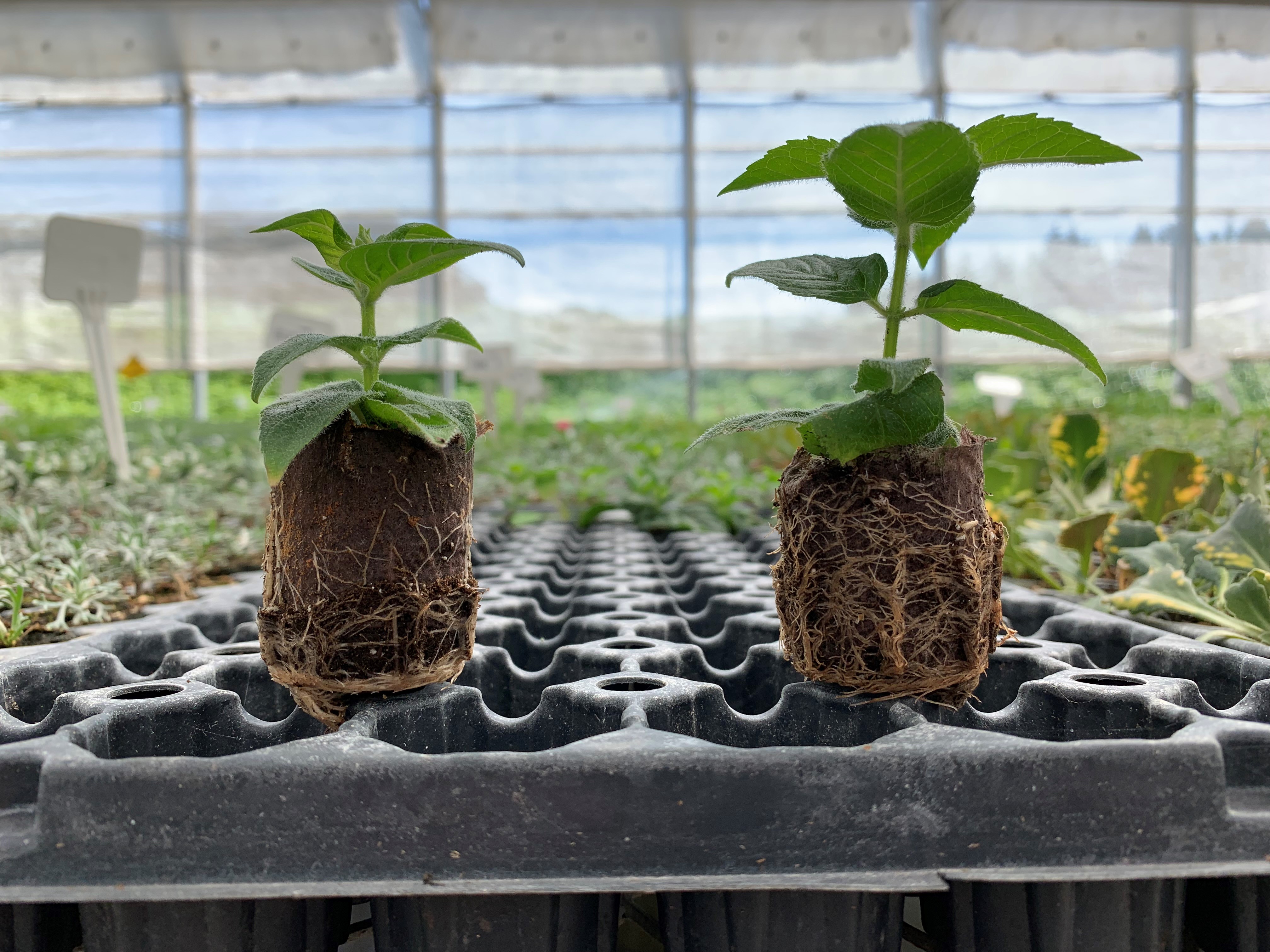
Image: Blooming Nursery MycoApply Plug Trial. Untreated on the Left, MycoApply Treated on the Right.
Article written by Blair Busenbark, Key Accounts Manager at Mycorrhizal Applications, Blair.Busenbark@mycorrhizae.com
